In Search of Bees For Bees Needs Week.
This year the BBCT Bees’ Needs Week takes place from 17th -23rd July, so get together to support the UK’s bees! Bees Needs Week links BBCT partners such as Kew Gardens, The Wildlife Trust, this is a national pollinator awareness week from DEFRA, and the key message is Bees’ Needs: Food and a Home.
We, at Home of Juniper, have celebrated Bees Needs Week by going on a bee hunt. We found out there is a lot more going on in the garden than we thought. (Though we did have to get a little bit of help from BBCT to work out what our bees were).
On a sunny Saturday morning we went out to investigate what types of bee we have in our garden. Partly because when you say ‘bumblebee’ most people think of a fluffy black and yellow striped buzzing creature. To be honest this is what we think of too. The truth is there are around 250 species in the UK. There are 24 species of bumblebees, around 225 species of solitary bee and just a single honeybee species. We knew this before our hunt. We just thought we only had two types in our garden.
The first bumblebee we found was a buff-tailed bumblebee. We knew we had these…we have planted a boarder of lavender and enjoyed the buzz of these for a few months. Even though common, they are gorgeous. And probably the type of bumblebee most people would be used to seeing. (See photo below).
Queens, workers and males have a dirty/golden yellow collar near the head and one on the abdomen. The queen’s tail is an off white/buff colour which can sometimes appear orange. The workers have a white tail with a subtle buff line separating the tail from the rest of the abdomen. Unlike many species, the Buff-tailed male’s facial hair is black, as opposed to yellow. Males have a buff-tinged tail.
Next spotted was, my personal favourite, a carder bee. Again, we have a lot of these, and they are common. They are tiny, cute and sooooo fluffy. They are also fast. A lot of blurry photos got deleted before a visible carder bee was captured.
Queens, workers and males are almost completely brown or ginger. However, the shade varies significantly, depending on the location. Some have abdomens which are very dark, while the abdomens of others can be quite light. It is the only common UK bumblebee that is mostly brown or ginger.
The two bees above, we knew we had in the garden. It was actually when attempting to capture the carder bee that we discovered the next bumblebee. Or maybe it is fairer to say it discovered us, as it flew straight at us. This, slightly grumpy, bee turned out to be a male Red-tailed cuckoo bumblebee Bombus rupestris. This was the only less-common bumblebee we found. There are various orange and red tailed bumblebees, and they are not the easiest to identify. But an educated guess from the photos we took, by the lovely BBCT put this bee as cuckoo bumblebee.
The female has an all-black head, thorax and abdomen with an orange-red tail. The males share the same colouring but have some yellow hairs on the thorax and abdomen. However, the intensity of the yellow varies significantly, with some males looking very pale. The wings appear very dusky.
As the sun warmed up, so did the bees. Not only were they flying faster, more were coming in. One of the things that makes bee identification hard is the speed in which they fly (its easiest to see them if they find a flower they particularly like). The other thing is that some are very similar. Initially we hadn’t realised there was another bee mingling with the others we were watching. Black, white, yellow and orange buzzed around in front of us. Then we noticed a male red-tailed bumblebee Bombus lapidaries. This lovely little creature has a moustache. Obviously it is not really a moustache… But he has still received the nickname The Moustache Bee in our office. (His face on photo is on the top of this page). He disappeared quite quickly, but was back the next morning.
Queens and workers have a distinctive black body with an orange-red tail. Males have distinct yellow facial hairs and a yellow band on the thorax with a black abdomen and a bright orange-red tail. The hairs on the pollen baskets (on the hind legs) of the female are all black. In males these may be red. It is very similar to the much rarer Red-shanked carder bee but the hairs on the pollen baskets of females of the latter species are red.
So far all of these bees had been on the lavender. With bees also crawling amongst the clover, you have to watch where you put your feet. When we headed to the vegetable patch, we found our final bee, the only scarce bee in our garden (that we saw). This bee was much, much bigger than all the other bees we had seen. We knew she was a queen and not a male or a worker (the workers are the smallest). Completely black, she sat on a bean flower, but not long enough to get too many shots of. Our suspected Ruderal bumblebee Bombus ruderatus.
Queens, workers and males typically appear striped, with two thick yellow bands on the thorax and one on the first abdominal segment. The yellow varies from a bright lemon to a more ‘dirty’ shade. The colouring and width of the yellow banding is extremely variable. The hair is quite short and even, giving the bee a very ‘neat’ appearance. The tail is dull white, but some variations of this species are completely black.
That was what we found on our bee hunt. If you want to go on your own bee hunt, please remember to be careful and respectful of these gorgeous creatures. It is great to do with children, as long as they are old enough to take care. For help with identifying the bees you see, have a look here.
Our charity partners BBCT are publicising how to provide bed & breakfast for bees: Here is what they had to say.: ”It is easy, and everyone can help our precious pollinators by following these simple actions:
1. Grow more flowers, shrubs and trees rich in nectar and pollen
2. Leave patches of land to grow wild
3. Cut grass less often
4. Avoid disturbing or destroying nesting or hibernating insects
5. Think carefully about whether to use pesticides
So whether you decide to do some team-building fundraising or plant some bee friendly flowers at home or at your offices, use the tag #BeesNeeds to show off your bee activities on social media, and don’t forget to tag us on Twitter @BumblebeeTrust.
Also our Tweetathon will be from 4 – 5pm on Mon 17 July, answering questions on Twitter using #BeesNeeds”
BBCT is a Registered Charity No 1115634 Scottish Charity No SC042830


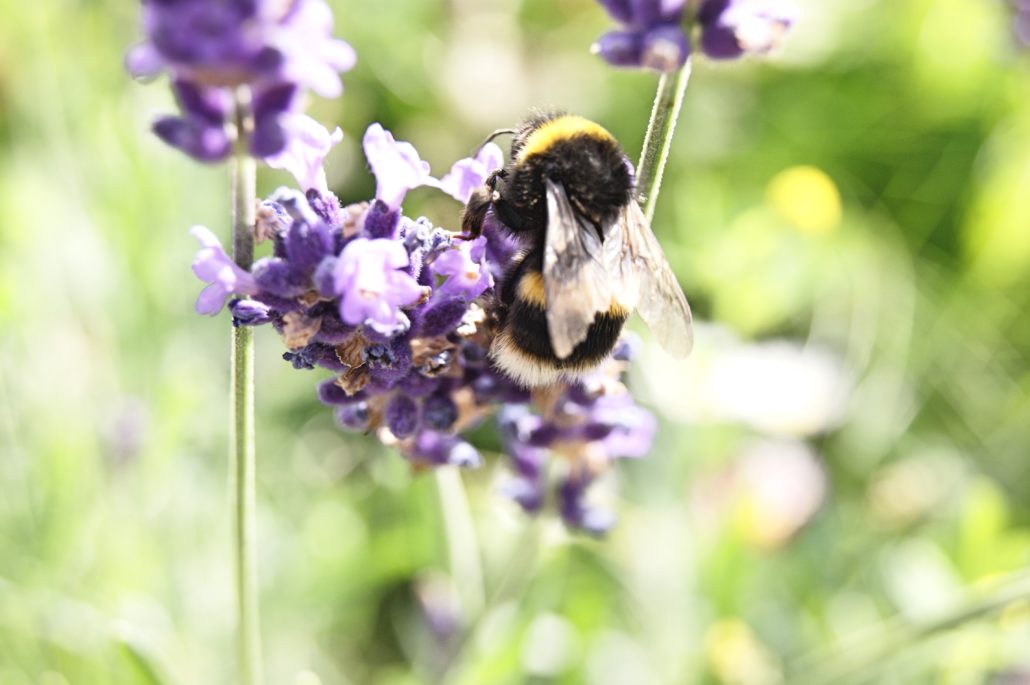
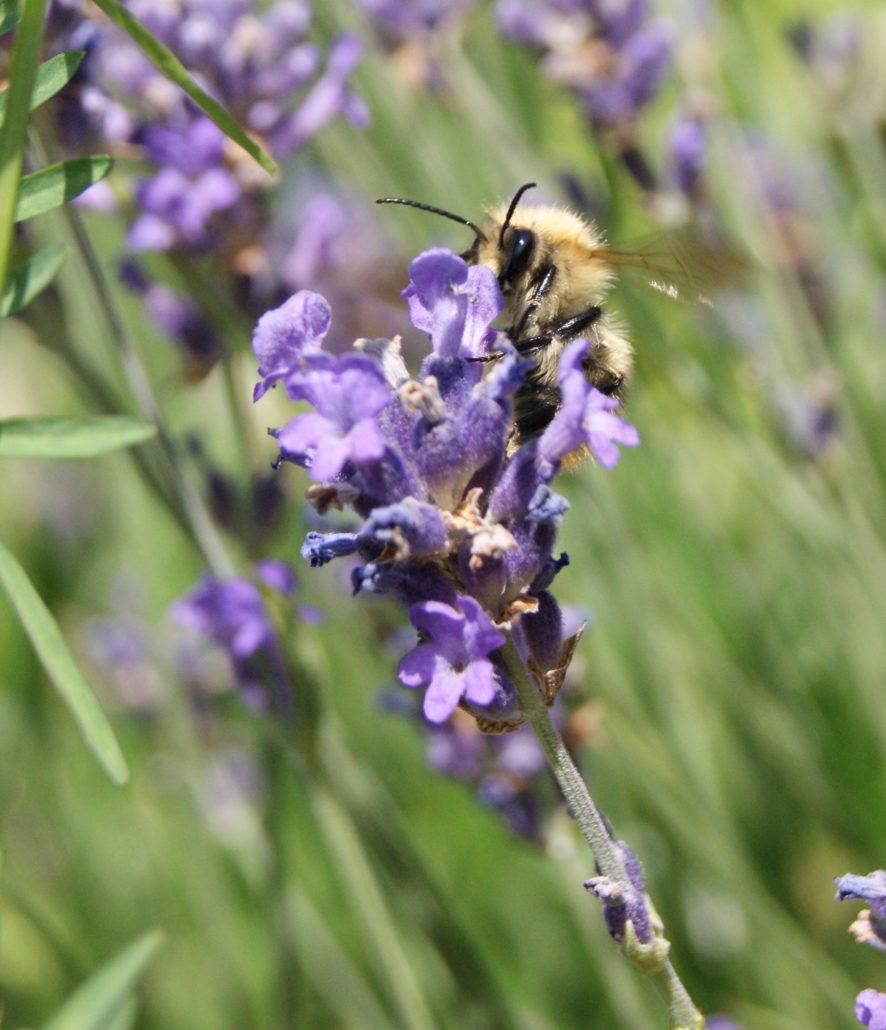

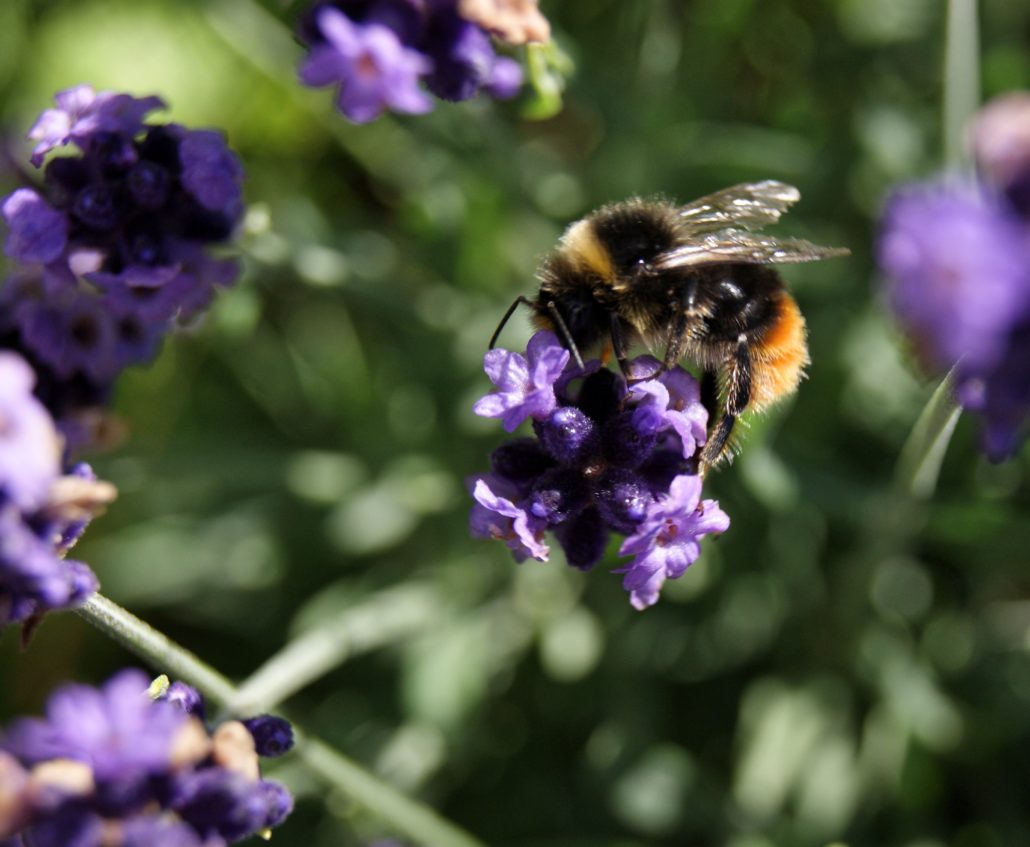
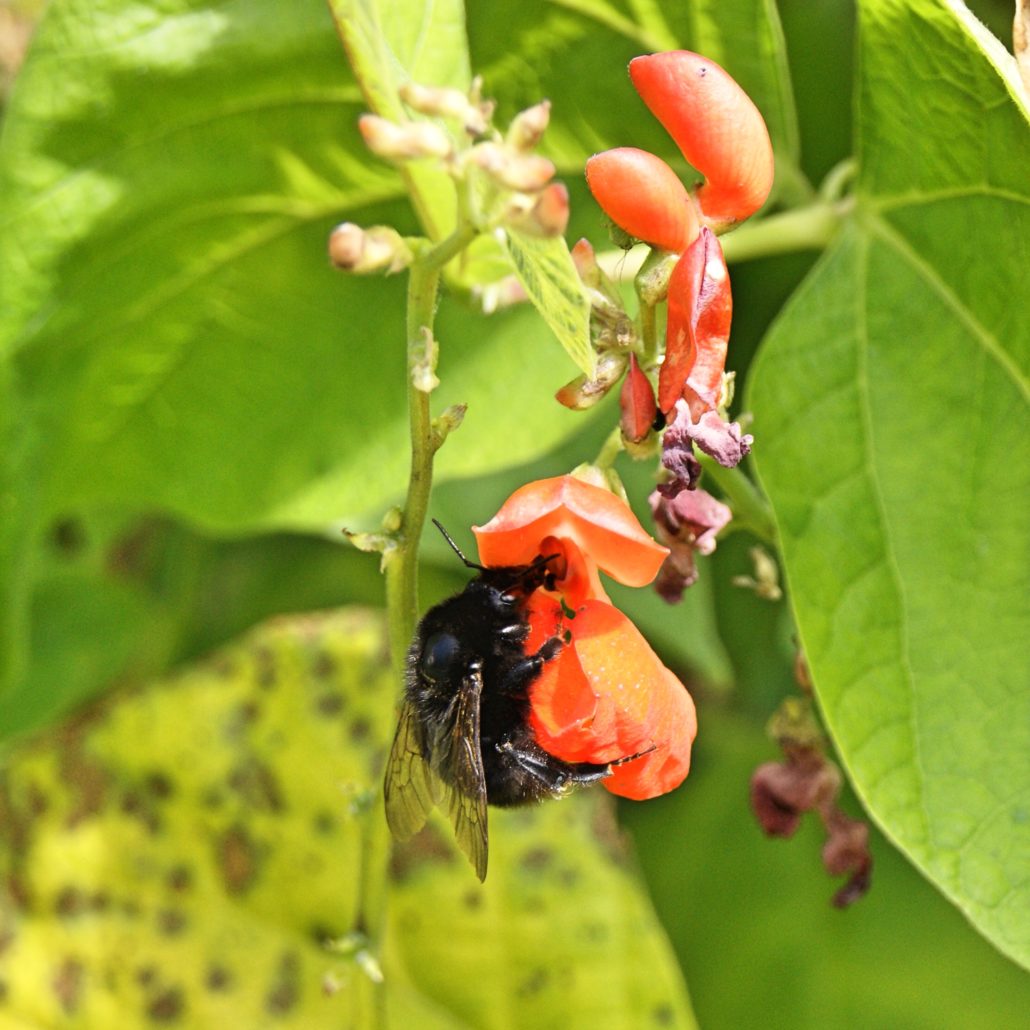
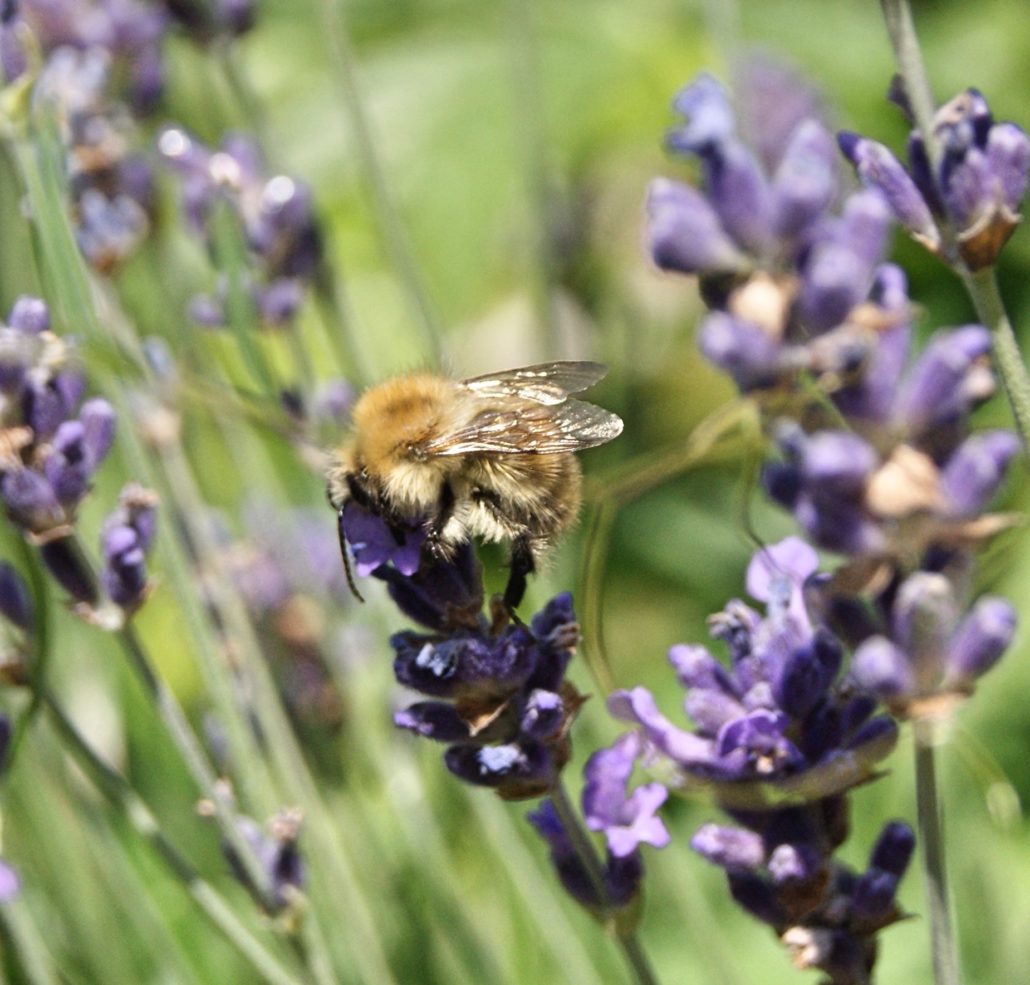
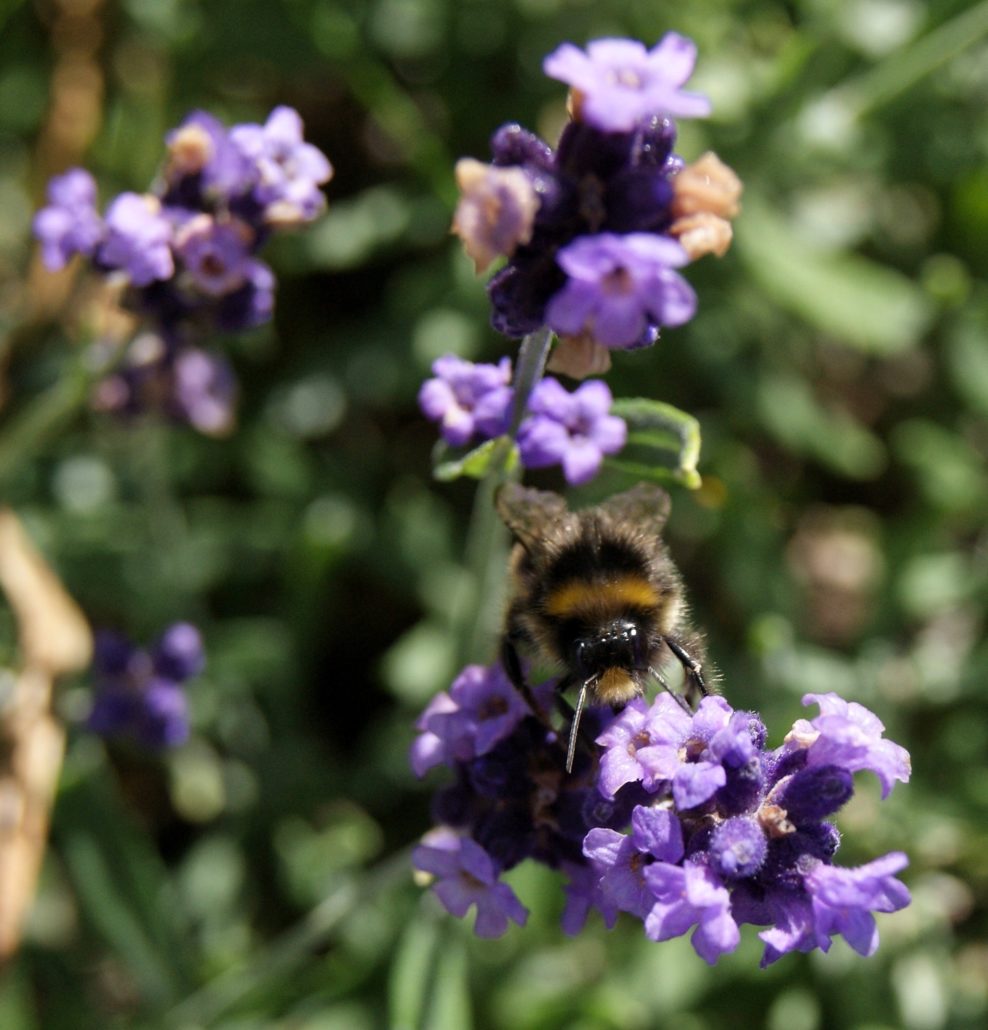
Leave a Reply
Want to join the discussion?Feel free to contribute!